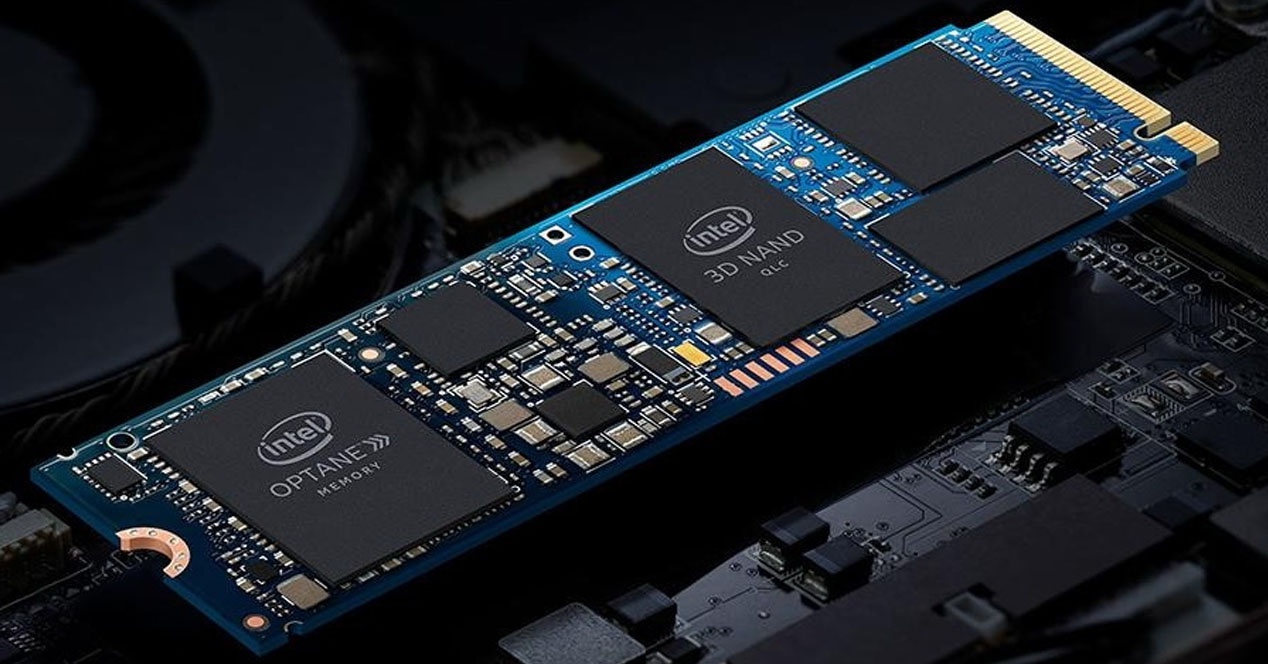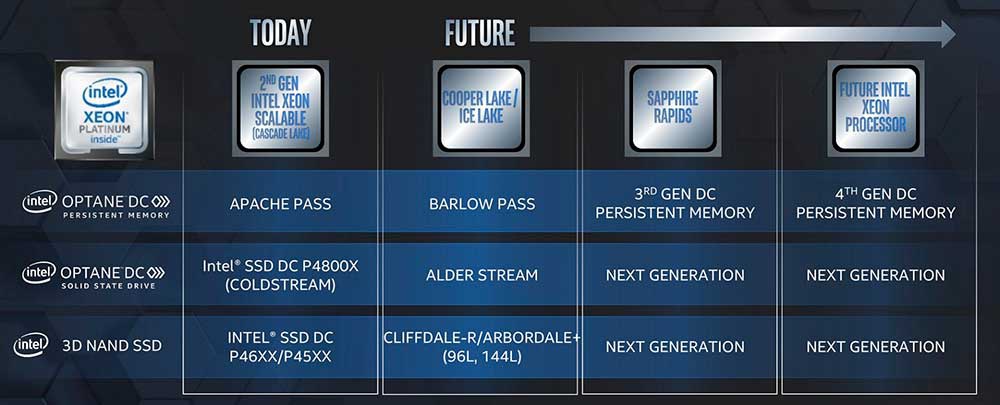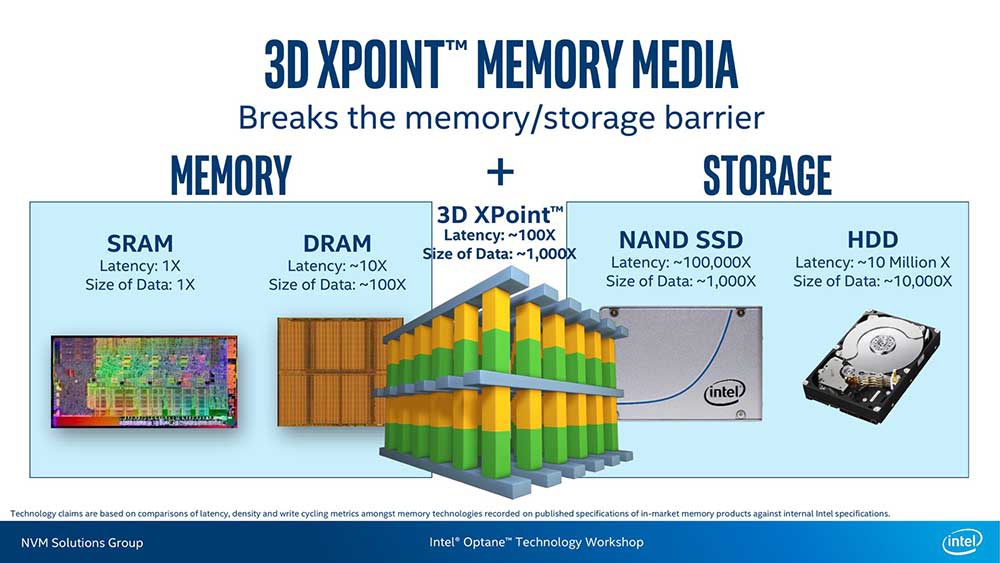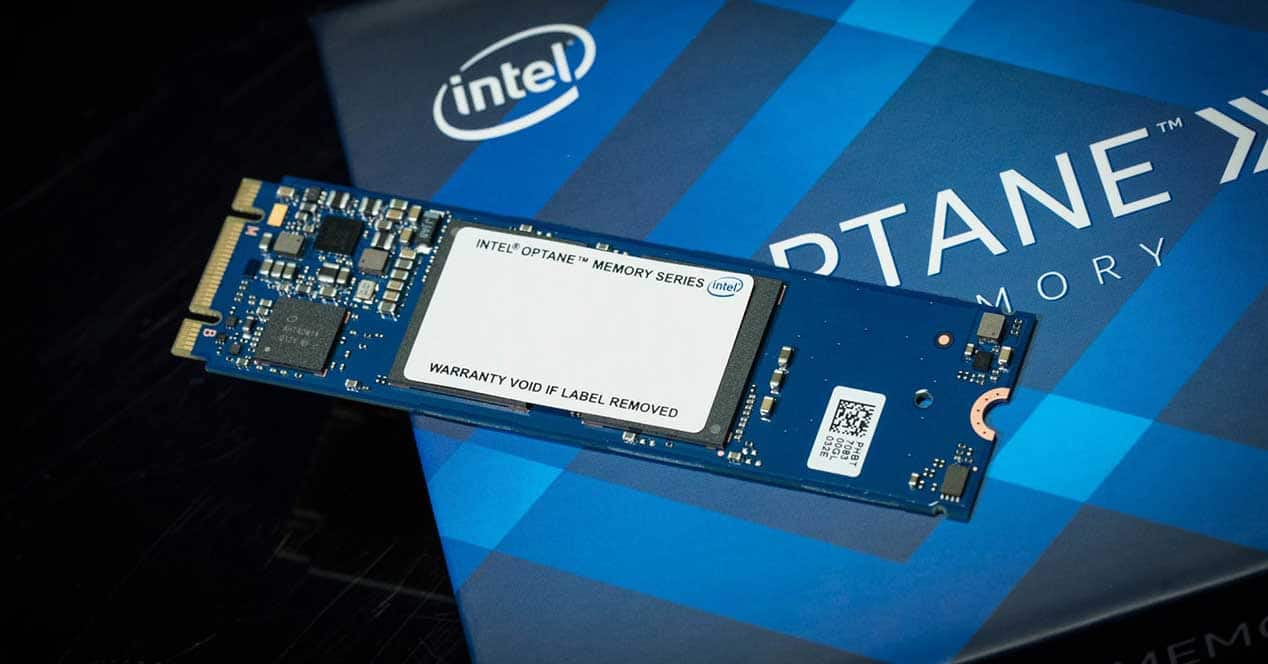Although Optane as a technology is not penetrating the normal consumer market, the reality is that Intel is sending a series of quantities of its SSDs rather than bulky. Its latest technology and devices are codenamed Keystone Harbor, which have been on the market since the end of last year under their 144-layer 3D NAND QLC and now in 2020 they plan to take a step forward to better adapt to the market.
Over 10 million Optane QLC SSD drives shipped
The number offers little doubt about the acceptance of a part of the market, especially the business that does take better advantage of the benefits of Optane technology, but instead the consumer market seems oblivious to it.
Intel currently dominates the chip density market with its NAND Flash 3D QLC 144 layers ahead of SK Hynix, WD, Samsung, Micron and YMTC, but as we saw almost a year ago, they have been working on 5-bit PLC memories per cell long enough.

As they are not ready nor does it seem that they will be soon, the movements of the company in this sector that is increasingly tinged with blue are very specific. The first of them will arrive this year, and has to do with its second generation for the same layers: Alder Stream Optane.
This new batch of devices will arrive in 2020 based on single-port versions and later in 2021 to offer two-port versions. Alder Stream Optane (SSD) uses the second version of 3D XPoint technology with several performance benefits.
Increased number of layers, new controller and Optane PCIe 4.0


Another key segment is the inclusion of a new ASIC controller with new firmware that will give life and support for PCIe 4.0, so the performance jump in bandwidths and MB / s seems to justify its inclusion.
The question logically lies in precisely its performance, will this second generation of Optane manage to catch up in sequential reading and writing to be more attractive to the common user? There is not much time left for this unknown to be revealed.















